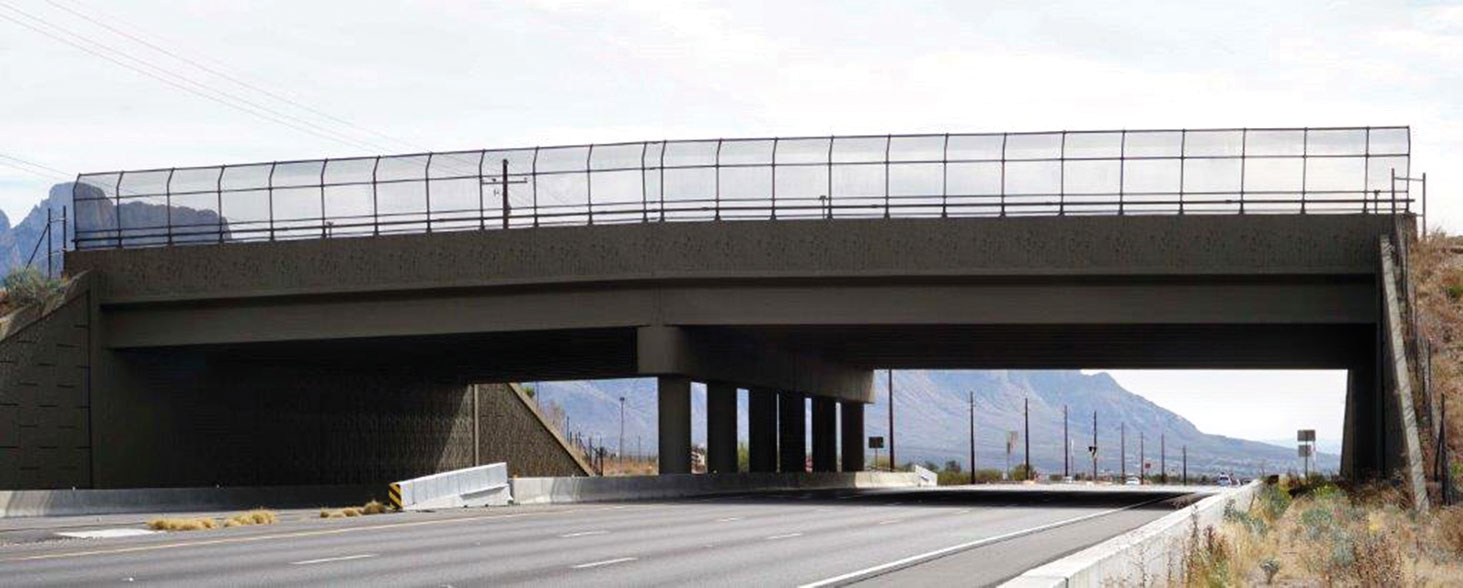 Pam Boedeker
Pam Boedeker
Carolyn Campbell, Executive Director of the Coalition for Sonoran Desert Protection, was the February speaker for the SaddleBrooke Nature Club. The Coalition is celebrating its 20th anniversary this year.
Today there are some 40 groups involved in various aspects of a mission to achieve long term conservation of biological diversity and ecological function of the Sonoran Desert through comprehensive land-use planning.
Different groups have been studying the various wildlife corridors in the Tucson area since at least 1986. A comprehensive land use plan was conducted to begin planning for open space acquisition and habitat preservation. One of the most critical barriers identified was Oracle Road. It cut through the natural passage for animals to get from the Catalina to the Tortalita mountain ranges. This passage is critical for mating, migrating, colonizing and foraging.
In 2004 voters approved initiatives to set aside protected areas. Ranchers sold their land with the understanding that when they retire from ranching their land will belong to the county. Developers must now set aside a certain amount of land for open space. Eventually these acquired lands will connect to create wildlife corridors which have no barriers.
Animal bridges and underpasses were studied as a way to open up corridors in our area where some 4,000 miles of roads have been part of the urban sprawl. Successful bridge and underpass projects have been identified in Banff, Netherlands, Florida and Australia. Near Payson there is an Elk Crossing that has significantly reduced a serious problem. Near Hoover Dam there is a Big Horn Sheep bridge.
The bridge and underpass now completed on Oracle Road are to reconnect an animal or habitat link. The planning and construction coincided with the widening of Oracle Road.
The Game and Fish Department have videos at both the underpass and the bridge. Volunteers are maintaining and reviewing the film footage to count the animals which are crossing. They have been surprised at how quickly animals started making use of the new crossings.
They have documented more than 1,700 animals using the crossings. These include deer, javelina with young, coyotes, bobcats, cottontail rabbits, jackrabbits, and one desert tortoise. Nearly 890 mule deer have used the bridge. Just a mile south of the bridge is the underpass where 23 deer, 252 javelina 198 coyotes and 54 bobcats gave crossed.
Monitors have been put on 16 desert tortoises with tracking devices. Other desert monitors have photographed over 49 species in the area including white-nose coti, mountain lion, deer, badger, Gila monsters, skunks and more.
Fencing is a critical part of this project. It is seven feet tall. Smaller mesh is at the lower part of the fence. It goes down into the ground to protect smaller and burrowing animals. There is one area between milepost 82 and 84 where a gap needs to be closed. Road kill in the area is being monitored.
The bridge has been controversial. Nature Club appreciated Ms. Campbell’s presentation and Q and A session.
